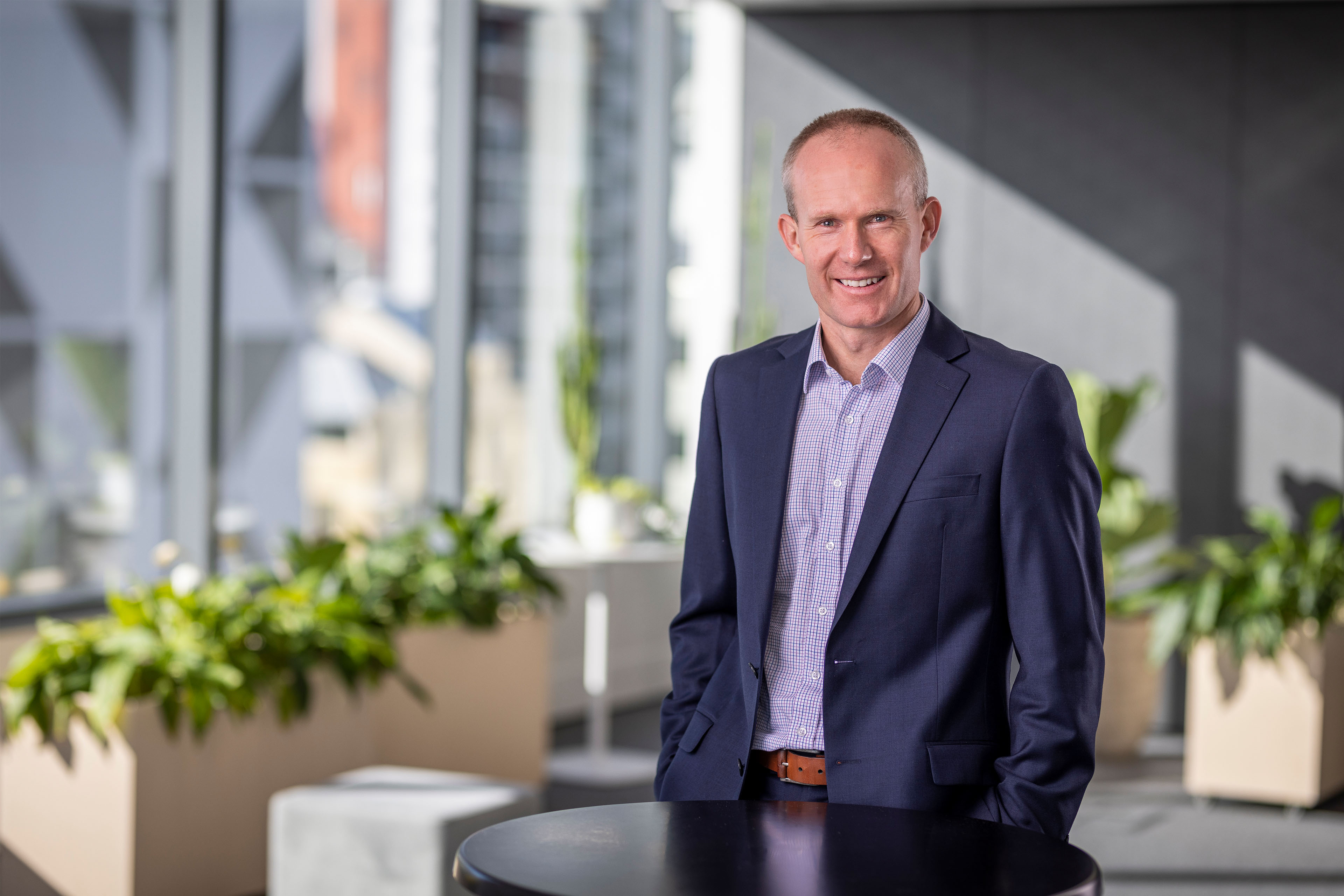EY refers to the global organization, and may refer to one or more, of the member firms of Ernst & Young Global Limited, each of which is a separate legal entity. Ernst & Young Global Limited, a UK company limited by guarantee, does not provide services to clients.

Trees good; carbon bad – and anyone who wants to reduce emissions should be planting, right?
Well, it’s not that simple. Particularly when forests become tradable units in a climate change share market, and when not all forests are equal. So today, in the second of our Net Zero: The Road to 2050 podcasts, Nikki Mandow looks into carbon sinks, sequestration and zombie forests – and tries to get to the bottom of the confusion.
Celia Wade Brown’s green credentials as Mayor of Wellington were the stuff of legend. She rode to fame, literally, on her bicycle, as she cycled to the airport in 2010 to meet the then-US Secretary of State, Hilary Clinton.
Now though, she’s living in a cottage in the Wairarapa, deep in the trees, and miles from the nearest paved road. She and her husband Alastair own a property they call the Duntulm carbon farm, in the Mangatarere Valley, adjacent to the Tararua Forest Park.
When they bought the land in 1987, it was a sheep and beef farm.
For Celia and Alastair, their quietly regenerating forest was a weekend retreat, not part of the solution to global warming.
The first big international agreement to lower greenhouse gasses, the Kyoto Protocol, was still a decade away. The New Zealand emissions trading scheme was two decades away. And yet, their timing was impeccable.
You’ll hear people talking about pre-and post-1990 forests and that 1990 date is critical. It’s the line in the sand that the signatories to the Kyoto Protocol drew, with the aim of getting greenhouse gas emissions below 1990 levels. Forests that existed pre-1990 can’t count as helping to get us to our greenhouse gas target - because they were doing that job already. It’s only trees which have grown up after 1990 which can get carbon credits.
Celia Wade Brown tells Newsroom business editor Nikki Mandow that back then her idea of personal action on climate change was about driving less, flying less, cutting back on over-consumption, and planting a few trees.
“And then we realised that this place was just growing back. We went overseas for two and a half years, and basically left it to do its stuff and came back and there was so much more regeneration. And I think sometimes you don’t see the day-to-day change. That was a big driver for doing more.”
That included more planting, predator control, and shutting out stock.
“In the 30 years, nature did its own thing. The bush came back,” she says.
When Wade Brown was on the Wellington Council in the 2000s, it started putting land into a government carbon sequestration scheme - the so-called Permanent Forest Sink initiative. The scheme locked up forests in a covenant for 50 years, so future owners - or future councils - couldn’t chop it down.
But it also gave forest owners, including people with native forest, carbon credits each year for what their trees were doing soaking up damaging carbon dioxide from the atmosphere.
“We put this into the covenant, and the price got down to about $1 for a carbon unit,” she says. “So, we weren’t doing it to make lots of money.
“I wanted to make sure it wasn't going to be cut down or that if we ever sold it wasn't going to be grazed again.”
Carbon credit schemes have adapted over the years, but the principle has remained the same. Under the present Emissions Trading Scheme, or ETS, forest owners can sell the annual credits, or bank them and sell them later.
Wade Brown has sold some to Z Energy for voluntary offsets, and - believe it or not - to her Wellington hairdresser, who wanted to become more sustainable.
These days her carbon credits are worth somewhere around $75 a unit - and that price is likely to go up over time as consumers get more environmentally conscious and start demanding companies offset their carbon emissions.
In today’s podcast she talks about the process required to prove you’re growing a new forest and the checks done by the Ministry of Primary Industries that are part of keeping our system rigorous and legally enforceable.
That’s important as lack of integrity in carbon credits trading is a big problem in other parts of the world, something we touch on in the podcast.
We also look at why different values are given to different types of forests depending on the rate at which their trees absorb carbon, we explore which forests are worth more in the long term, and we explain the sad fate of mature forests that are no longer absorbing carbon – the “zombie forests”.
Nikki Mandow talks about that to Matt Cowie, a Director within the Climate Change and Sustainability Services team EY New Zealand.
Cowie takes us through what the government is doing to make up for the shortfall in forests needed to counterbalance all our industrial, transport and other emissions. And he talks about the compulsory carbon credit scheme for polluters – which he likens to a game of musical chairs, with the goal being getting to net carbon zero by 2050.
Finally, we look at why one proposal – taking exotic forests out of the permanent section of the Emissions Trading Scheme - has turned into a political hot potato.
Podcast
Episode 02
Duration
0h 22m 59s



